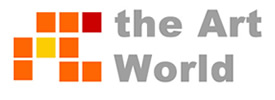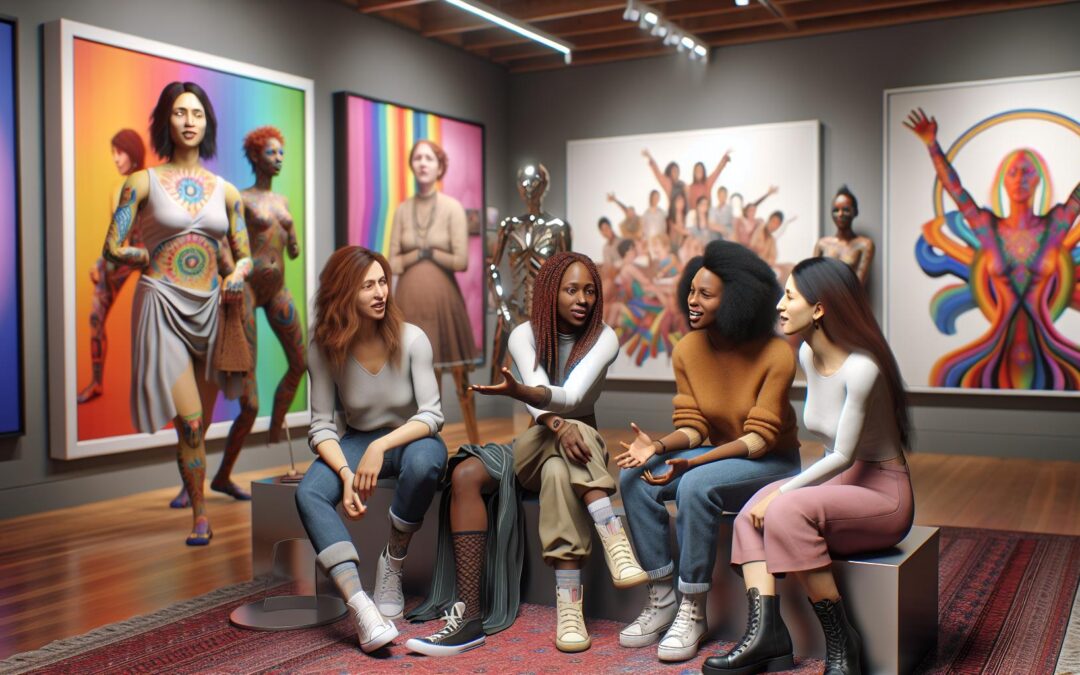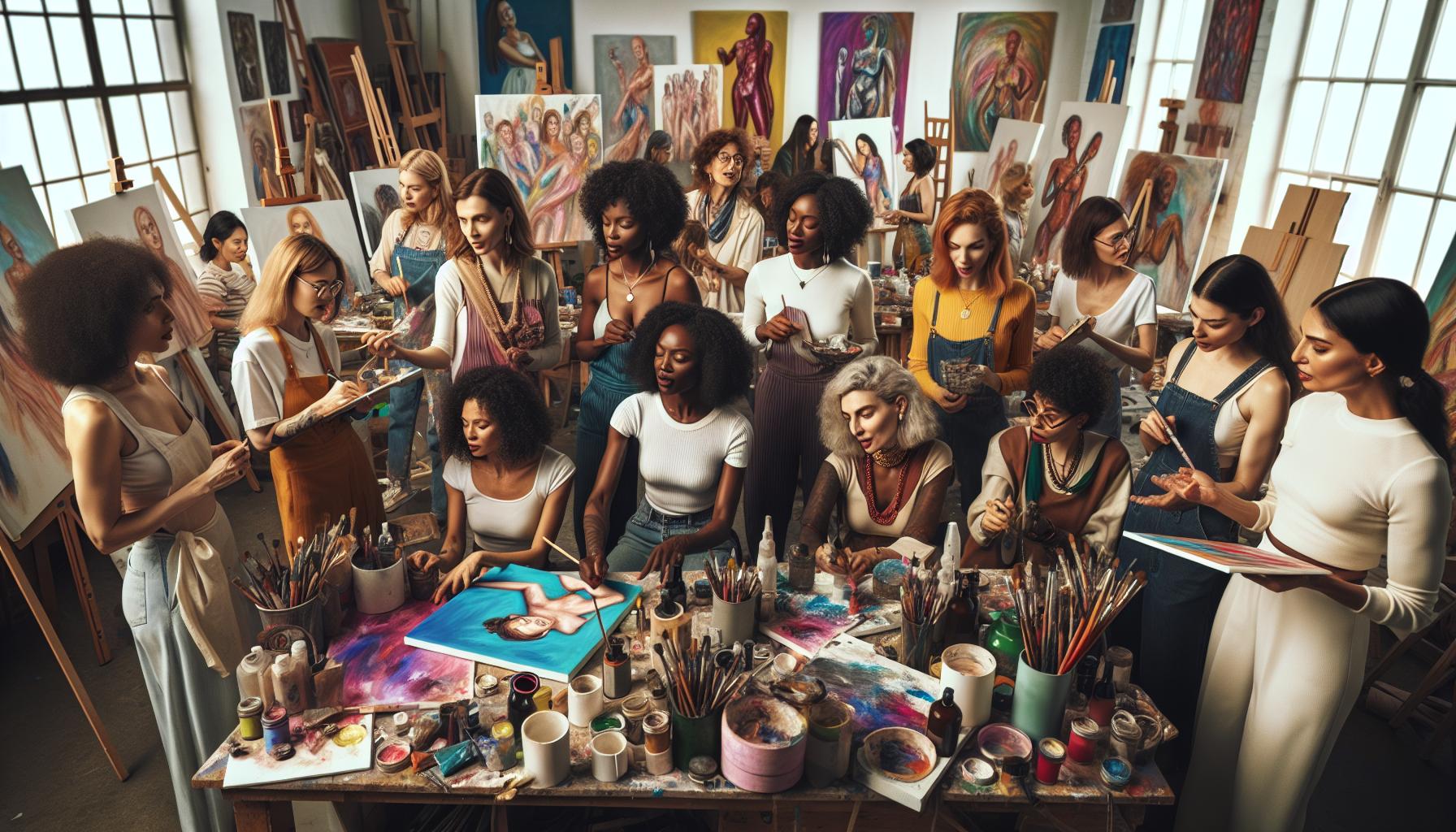Feminist art challenges traditional narratives and redefines the role of women in the art world. It emerges as a powerful response to the historical marginalization of female artists and the themes they explore. By addressing issues like gender inequality, identity, and social justice, feminist art creates a dialogue that resonates across cultures and generations. This movement not only highlights the experiences of women but also empowers them to reclaim their voices. Through various mediums, artists express their perspectives, inviting viewers to question societal norms and engage in critical conversations. As feminist art continues to evolve, it remains a vital force for change, inspiring new generations to explore the intersections of art and activism.
Feminist Art is Concerned With…..
Feminist art focuses on challenging social norms and advocating for justice. Artists within this movement address gender inequality, identity, and empowerment. They create works that often reflect personal experiences and aim to initiate conversations about women’s roles in society.
Feminist art emerged in the late 1960s, coinciding with the women’s liberation movement. It strives to highlight the contributions of female artists, who historically faced exclusion from galleries and institutions. By redefining the art narrative, feminist artists contribute valuable perspectives to the broader discourse on art.
Prominent themes in feminist art include the portrayal of the female body, the critique of traditional gender roles, and the exploration of intersectionality. Artists like Judy Chicago and Barbara Kruger utilize various mediums to convey messages, encouraging introspection among viewers. Their works often provoke questions about identity, power dynamics, and the representation of women in media.
Feminist art not only empowers individual artists but also cultivates a community that champions diverse voices. Through collaborative projects and exhibitions, feminist art nurtures dialogue and solidarity among participants and audiences. This commitment to inclusivity fosters an ongoing exploration of social issues affecting women and marginalized groups in contemporary society.
Key Themes in Feminist Art
Feminist art explores vital themes that engage with societal norms and advocate for women’s rights. These themes highlight the diverse experiences of women and their representation in art and society.
Gender Representation
Gender representation examines how women are portrayed in art and culture. Artists challenge stereotypes, presenting women as complex figures rather than mere objects. For example, pieces by artists like Cindy Sherman illustrate the multiplicity of female identities, confronting viewers with various depictions of womanhood. By subverting traditional imagery, feminist art encourages critical reflection on gender roles and expectations.
Body Politics
Body politics focuses on the significance of the female body in art. Artists confront societal standards around femininity, beauty, and sexuality. Works by artists like Kiki Smith emphasize the lived experiences of women’s bodies, often addressing themes like health, reproduction, and empowerment. This theme critiques how women’s bodies have been objectified in historical contexts and promotes autonomy and agency over personal narratives.
Intersectionality
Intersectionality recognizes the overlapping identities that shape women’s experiences. Feminist artists explore how race, class, sexuality, and ability intersect, creating diverse narratives that enrich the art movement. For instance, artists such as Faith Ringgold and Ana Mendieta address how marginalization affects women differently based on their identities. This theme fosters inclusivity and broadens discussions within feminist art, allowing multiple voices to resonate and engage.
Notable Feminist Artists
Feminist art has been shaped by numerous influential artists, both historical and contemporary. These figures have significantly contributed to the discourse surrounding gender, identity, and social justice in the art world.
Historical Figures
Historical figures in feminist art laid the groundwork for understanding gender dynamics in art.
- Judy Chicago: Known for her groundbreaking installation “The Dinner Party,” Chicago highlights women’s achievements throughout history. Her work challenges the male-dominated art narratives prevalent in traditional landscapes.
- Barbara Kruger: Utilizing bold text and imagery, Kruger’s work critiques consumerism, feminism, and power structures. Her iconic phrases provoke viewers to question societal norms related to gender and identity.
- Carrie Mae Weems: Weems’ photography and video installations confront racial and gender stereotypes. Through her lens, she narrates stories of African American women, intertwining personal and collective histories.
- Ana Mendieta: Mendieta’s work addresses themes of identity, feminism, and spirituality. Her “Silueta” series, featuring her body imprinted in natural landscapes, merges the feminine experience with nature.
Contemporary Voices
Contemporary feminist artists continue to challenge and expand upon the ideas established by their predecessors.
- Tracey Emin: Emin’s visceral artwork often explores personal trauma and sexuality. Her confessional style invites audiences to engage with intimate narratives, breaking down barriers between public and private experiences.
- Yayoi Kusama: Kusama’s immersive installations and polka dot motifs reflect her struggles with mental health and identity. Through her unique visual language, she challenges perceptions of femininity and mental illness.
- Kara Walker: Walker’s provocative silhouettes address race, gender, and history. Her artwork often confronts uncomfortable truths surrounding slavery and sexual objectification, sparking critical conversations.
- Mickalene Thomas: Known for her vibrant portraits of Black women, Thomas reclaims and celebrates female identity. Her mixed-media works blend painting and collage techniques, emphasizing both beauty and strength.
These artists exemplify the enduring impact of feminist art, continuing to reshape how society views gender, identity, and culture.
Impact of Feminist Art
Feminist art significantly influences social structures and encourages cultural discussions. This movement promotes awareness and drives transformation across communities.
Social Change
Feminist art fosters social change by challenging prevailing norms and advocating for equity. Artists engage with issues like gender-based violence, reproductive rights, and workplace inequality, utilizing their platforms to raise awareness and inspire activism. For example, the work of artist Guerilla Girls critiques sexism and racism in the art world, urging audiences to confront systemic injustices. Additionally, public installations, such as those by Amanda Williams, emphasize the importance of community representation, actively involving local voices in the artistic process. By amplifying marginalized perspectives, feminist art ignites dialogue and catalyzes collective action toward social justice.
Cultural Dialogue
Feminist art initiates cultural dialogue, creating spaces for diverse conversations about identity, power dynamics, and representation. Artists like Yoko Ono and Shirin Neshat explore themes of cultural identity and femininity, prompting viewers to reflect on their own experiences and biases. Collaborative projects, such as The Feminist Art Project, unite artists and audiences to examine pressing societal issues, fostering shared understanding and empathy. Furthermore, feminist art challenges traditional art narratives, encouraging inclusivity and diverse representation in cultural institutions. As communities engage with feminist artworks, they become catalysts for broader societal discussions, contributing to a more equitable artistic landscape.
Feminist art remains a powerful force in reshaping the dialogue around gender and identity. By challenging established norms and advocating for social justice, it encourages both artists and audiences to engage in critical conversations. This movement not only highlights the diverse experiences of women but also fosters a sense of community and solidarity among marginalized groups. As feminist art continues to evolve, its ability to inspire activism and provoke thought ensures its relevance in contemporary society. The legacy of feminist artists serves as a reminder of the ongoing struggle for equity and the transformative power of art in effecting change.


